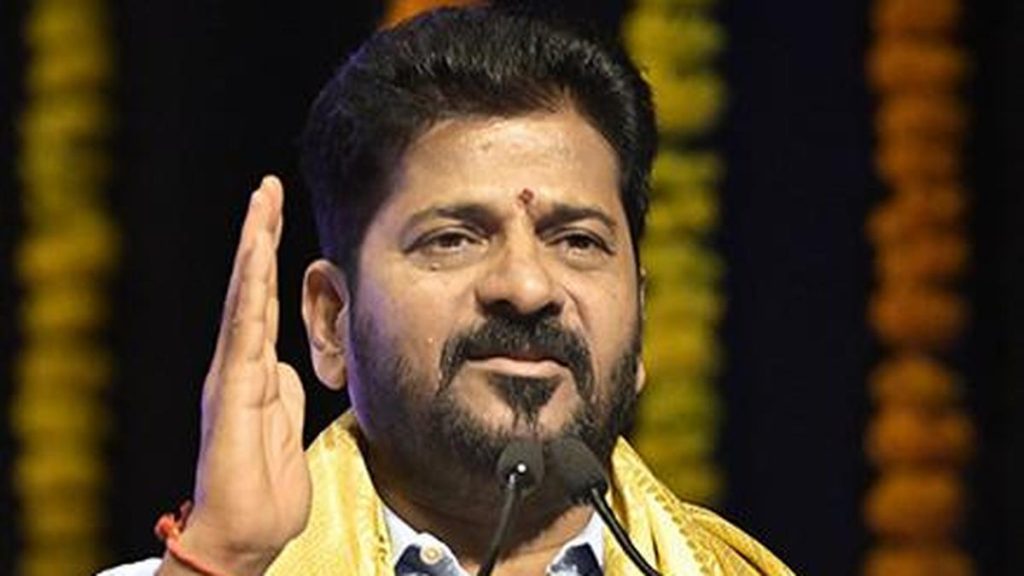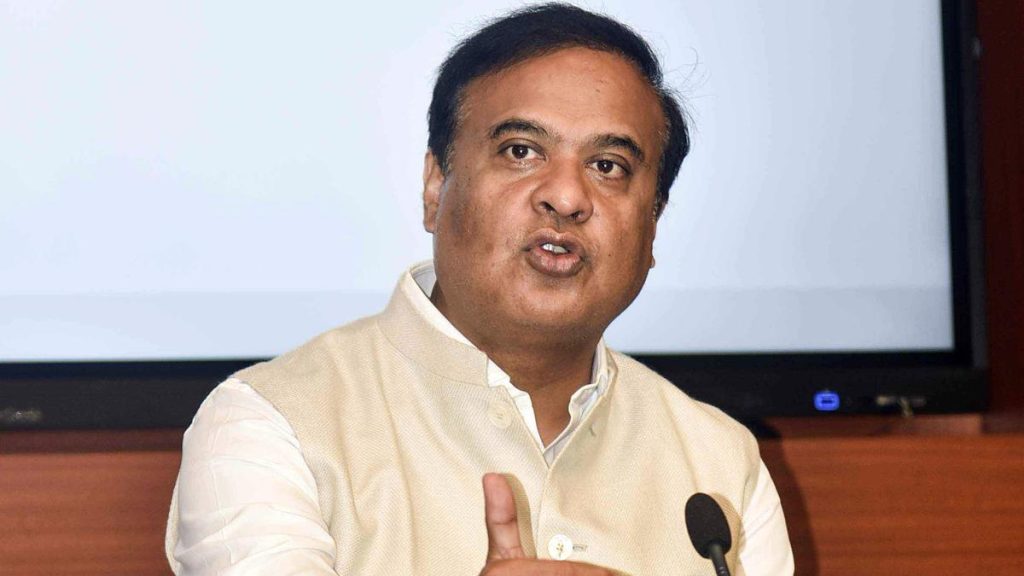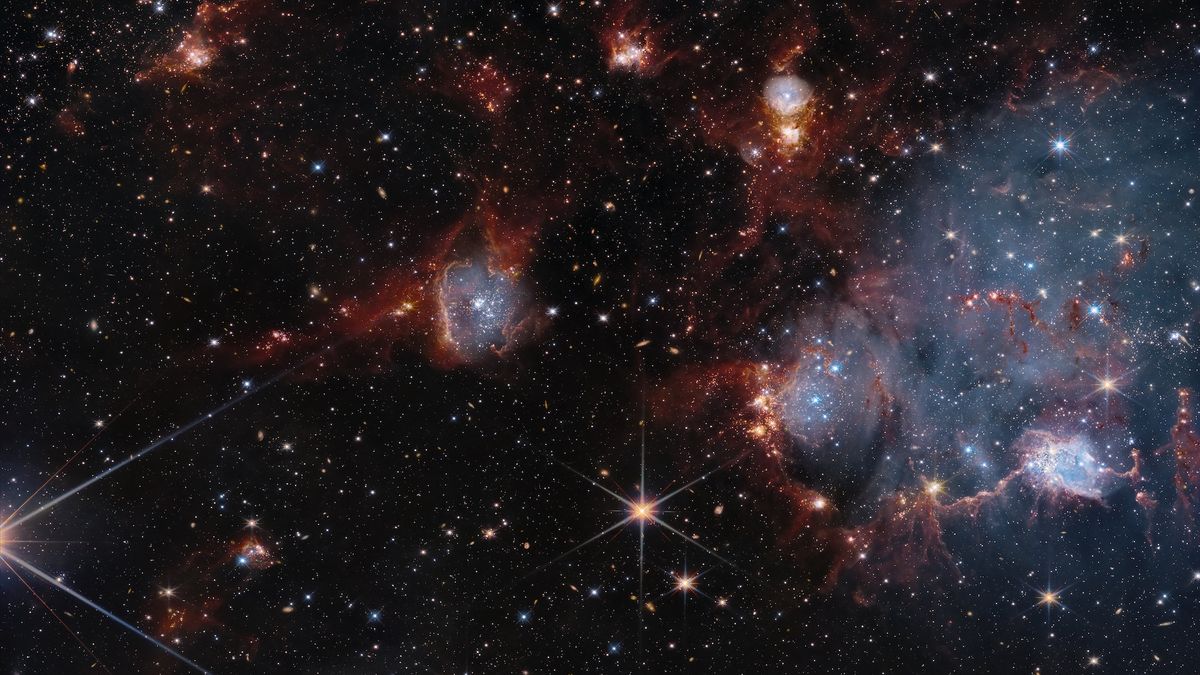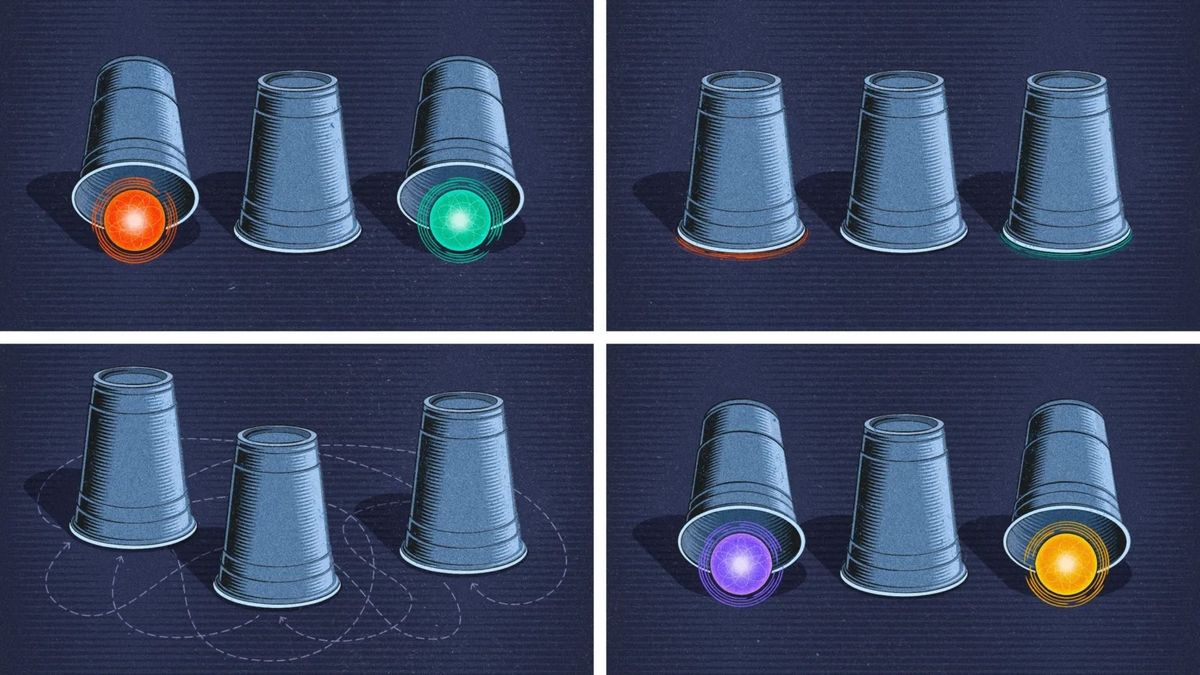Now Reading: How Trump’s Budget Cuts May Impact Hubble and James Webb Telescopes
-
01
How Trump’s Budget Cuts May Impact Hubble and James Webb Telescopes
How Trump’s Budget Cuts May Impact Hubble and James Webb Telescopes
Fast Summary:
- Proposed Budget Cuts: The Trump governance’s 2026 budget proposal suggests meaningful reductions in NASA’s science funding, including cuts to the James Webb Space Telescope (JWST) and Hubble Space Telescope (HST). JWST funding may decrease from $187 million in 2024 to $140 million by 2026, while Hubble’s allocations could drop from $93.3 million to $85 million.
- Effects on JWST: A potential reduction of 25%-35% in operations for the telescope, exacerbated by inflation and prior revisions of operational costs as its launch. Demand for JWST remains high following its successful observations since mid-2022.
- Impact on Hubble: Budget constraints have already reduced spending power for Hubble due to inflation. Further cuts could result in unsupported instruments despite remaining operational capabilities. The telescope’s orbit decay may lead it out of Earth’s atmosphere around September 2033 unless a boosting mission is planned.
- Scientific Grants & Public Dialog: Reduced grant funding might hinder research instructions crucial for leveraging telescopes effectively, negatively impacting scientific output across senior missions like Chandra X-ray Observatory. Moreover, budget cuts threaten public outreach essential for communicating discoveries.
- Synergy Among Missions: Collaborative initiatives like Rocky World project highlight evolving synergies between NASA flagship observatories.
!Image: Pillars of Creation
The Pillars of Creation taken by two iconic telescopes – Hubble (left) and James Webb Space Telescope (right). Credit: NASA.
!Image: Hubble Above Earth
The Hubble Space Telescope hovering above Earth. credit: NASA.
!Image: Illustration of JWST
An illustration showcasing the James Webb Space Telescope’s unique yellow mirror structure in space. Credit: NASA.
indian Opinion Analysis:
India has an increasing interest in global advancements related to space science as evidenced by homegrown missions such as Chandrayaan or Aditya-L1 solar projects aimed at fostering innovation and international collaborations like BRICS space agreements or ISRO joint launches globally.
Reduction risks ripple chain weakening observatory continuty input drivers plus progress r scientist
























